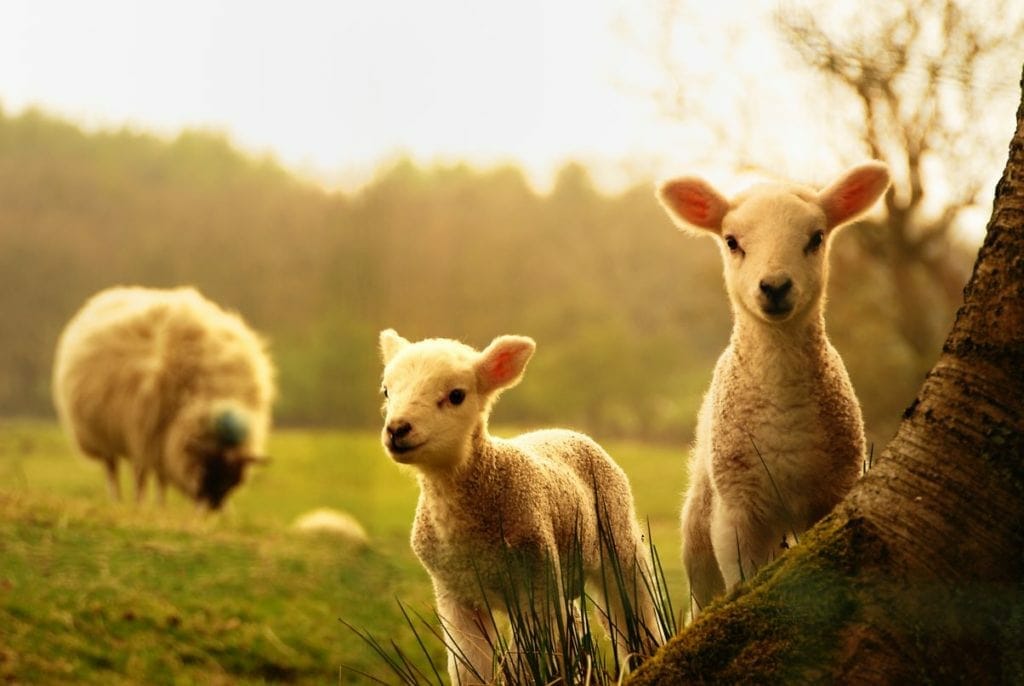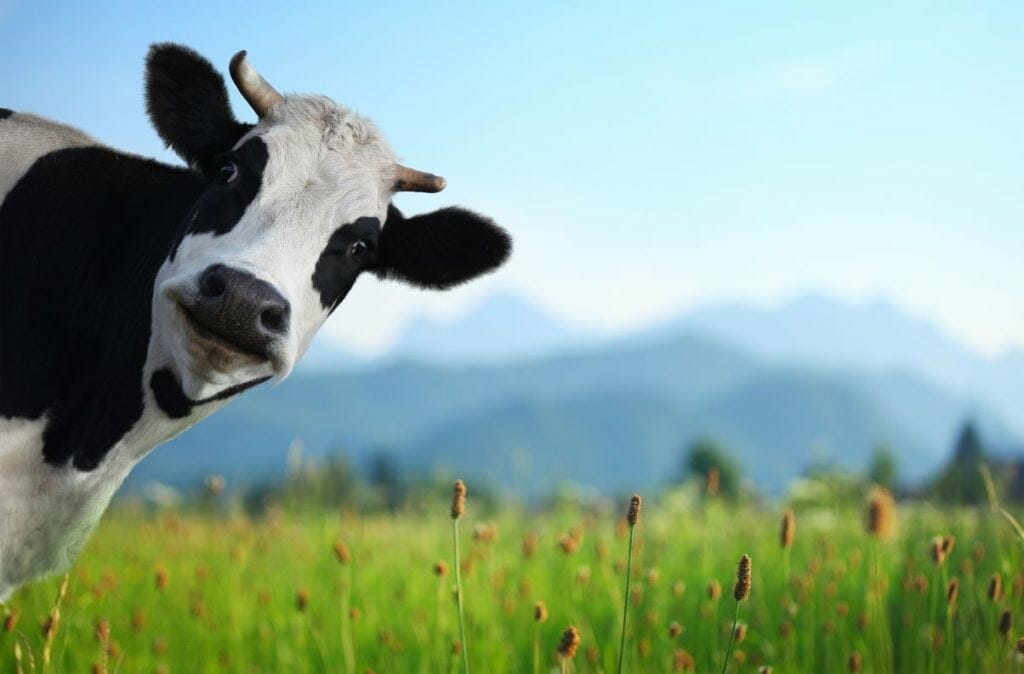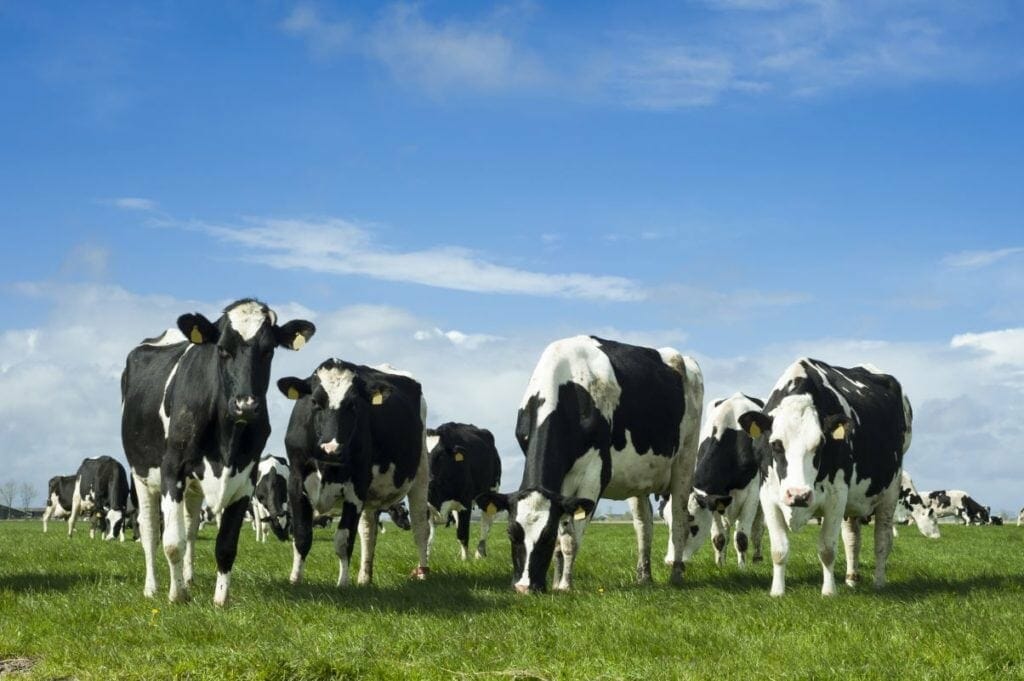
Coccidiosis
by Sebastian Kneitz, of The Green Veterinary Surgery, Skelton
Coccidiosis is a common condition encountered in young lambs.
With all the fields being full of spring-born lambs at the moment, we have been seeing a lot of this recently.
Coccidiosis is caused by a parasite that lives and multiplies in the animal’s gut cells, thereby causing damage to the inside lining of the lamb’s gut.
There are several species of coccidia, however, only two have been found to cause problems in lambs, so bringing samples to us for analysis and species identification is important.
Lambs are usually at risk from about four-weeks-old, as this is when the protection from the colostrum starts to wean (just one of the reasons why good colostrum management is so important).
Risk factors include high stocking density, severe weather conditions, grazing history, or stress.
Affected lambs will develop diarrhoea, sometimes containing blood or mucous, which can lead to poor growth rates and in severely affected lambs it can be fatal.
We advise bringing us faecal samples, in order to formulate the best treatment plan for you.
- The Green Veterinary Surgery is a independent rural mixed animal veterinary practice based in Skelton, Penrith. The surgery was established in the 1950s and is now a four-vet strong team. We cover a wide area in Cumbria and offer high-quality veterinary care all year round, with a vet being available 24 hours a day, 365 days of the year.
- Call us on 01768 484258 or visit www.greenvetskelton.co.uk
Cow lameness
By Chris Swift, of Frame, Swift & Partners Veterinary Surgery

What does the 10CC song I’m Not in Love have to do with cow feet?
Very little except to help remember the 10 Cs of lameness control to help your herd’s fertility and production.
Lame cows don’t get in calf well!
- Care – Most important? Prompt treatment of lame cows and corrective trimming at least once a year. Don’t rush cows. Avoid tight corners and poor tracks
- Comfort – Increases cow lying times, big enough, comfy enough cubicles.
- Concrete – Not good for cow feet. Consider rubber mats and grooving. Get heifers used to it.
- Calving – TLC required, soft bedding- cows bones sink in their hooves causing ulcers six to eight weeks later.
- Condition – Thin cows get bruised feet then ulcers.
- Conformation – Genetic factors – breed from soundest cows.
- Contagion – Foot bathing v foul and digital dermatitis.
- C**p – Keep cow faeces away from feet as it spreads infection and softens feet.
- Cake – Avoid rumen acidosis.
- Cull – Some feet are broken and can’t be mended.
- Frame, Swift & Partners are a traditional independent veterinary practice, treating pets, farm animal and equines. We are based on the edge of Penrith with convenient access to the M6 and A66 with extensive parking on site for cars, horse boxes and trailers. We provide a high standard of care and expertise in a relaxed and friendly environment and even when our clinic is closed, one of our vets is always available on-call 24 hours a day.
- Call us on 01768 862454 or visit www.frameswiftandpartners.co.uk
Cryptosporidiosis
By Sarah Williamson, of Tethera Vetinary Services

Cryptosporidios is a major cause of calf scour in UK beef and dairy herds.
It accounts for more than 40 per cent of infectious diarrhoea cases.
The protozoa have worldwide distribution, causing huge economic loss on farm and is a zoonotic agent (can be passed to humans), causing potential human health concerns.
Cryptosporidiosis is hard to control.
The oocyst from the protozoa has a low infectious dose. Together with resistance to multiple disinfectants this makes it hard to control. The disease usually becomes evident at calving and when stocking pressures are high.
This year, we have diagnosed more than normal due to the cold start to spring, and prolonged housing of cattle.
Newborn calves become infected with oocytes soon after birth.
The parasite replicates, and is shed into the environment in faeces, increasing the environmental challenge, causing permanent damage
to the intestinal lining of calves, reducing their ability to absorb nutrients and water.
Calves are usually infected between one and three weeks of age, and the major clinical signs are diarrhoea and ill thrift.
Prevention is better that cure.
There is no vaccine against cryptosporidiosis.
Scouring calves become dehydrated quickly, so it is essential to replace lost fluids with electrolytes and always have fresh clean water available.
Reducing cryptosporidiosis on farm by ensuring a clean environment, reducing moisture and ample fresh air is key.
Offer plenty of fresh straw/ bedding.
Adhere to strict cleaning and disinfectant programs, making sure that the disinfectant works against cryptosporidiosis oocycts and the correct contact time is used.
Try to keep age groups apart, as older animals may pass disease to younger ones.
Make sure all calves receive 10 per cent body weight of good quality, clean colostrum.
This will boost immunity and give the calf the best start in life against disease. Always speak to your veto get a correct diagnosis and put treatment and preventative protocols in place to reduce disease on farm.
- Tethera Veterinary Services is a dedicated independent farm and equine veterinary practice based in Appleby-in-Westmorland, Cumbria, established in December 2011. We offer a personalised, competitively priced veterinary service throughout the Eden Valley, specialising in farm and equine work, including a 24 hour emergency service provided by our own dedicated large animal vets. Although mainly focusing on cattle, sheep and horses, we also treat other farmed animals including goats, pigs, game birds and poultry.
- Call us on 017683 51819 or visit www.tetheravets.com































